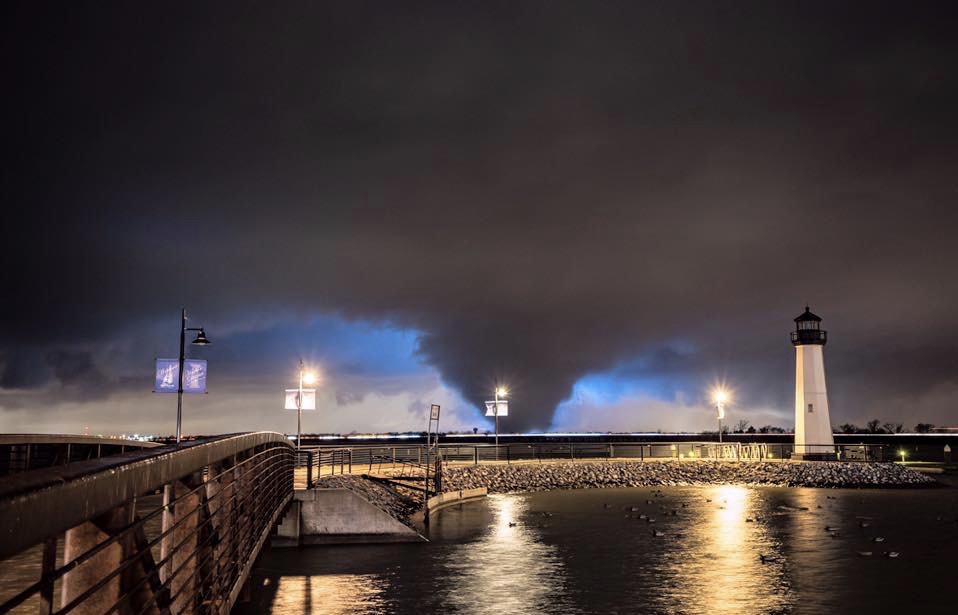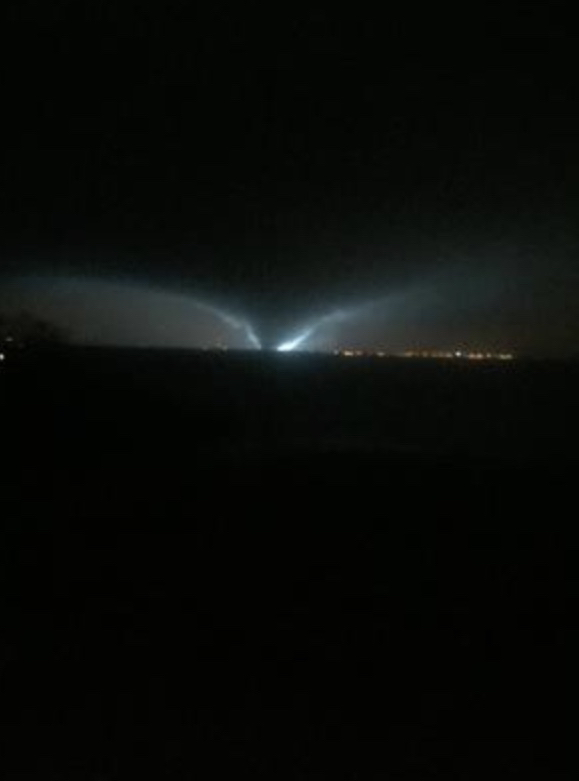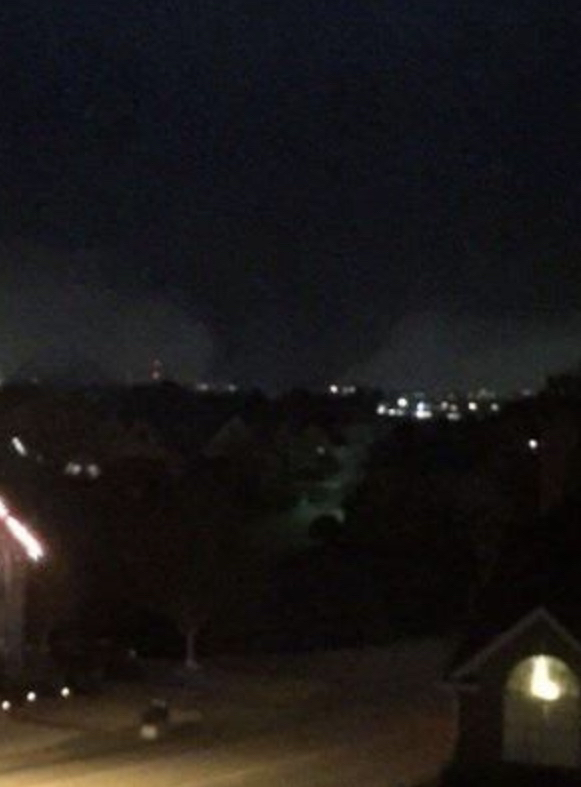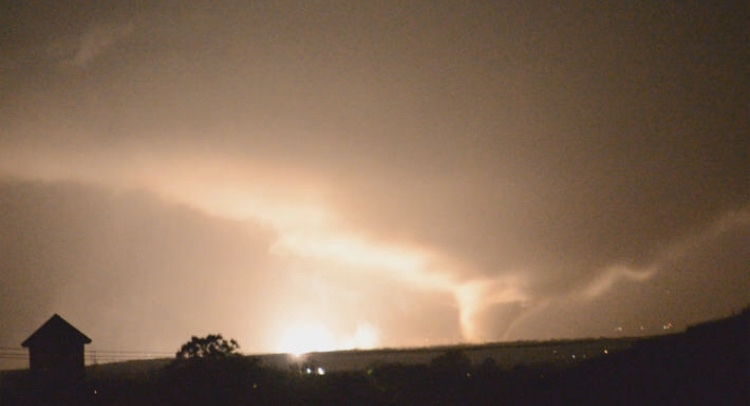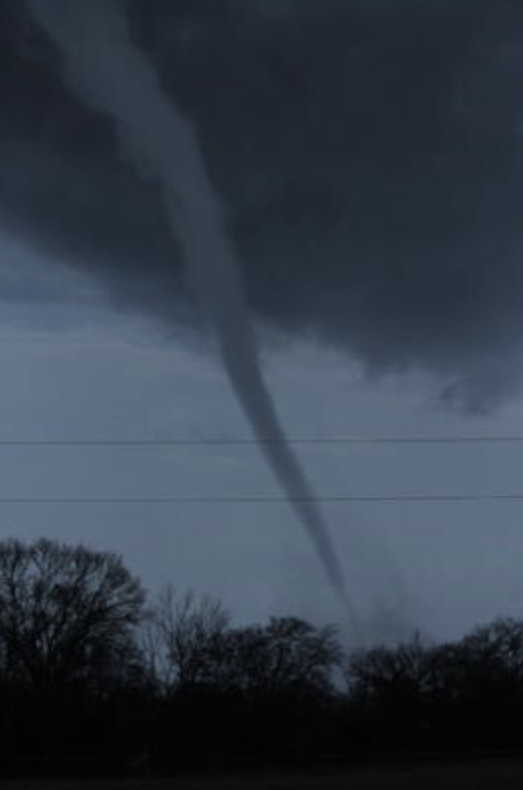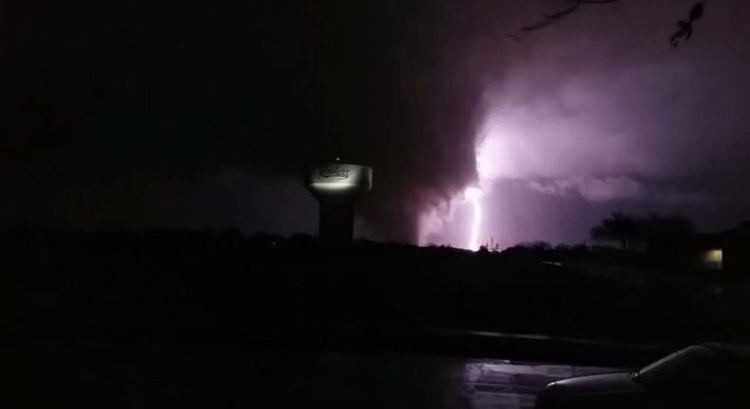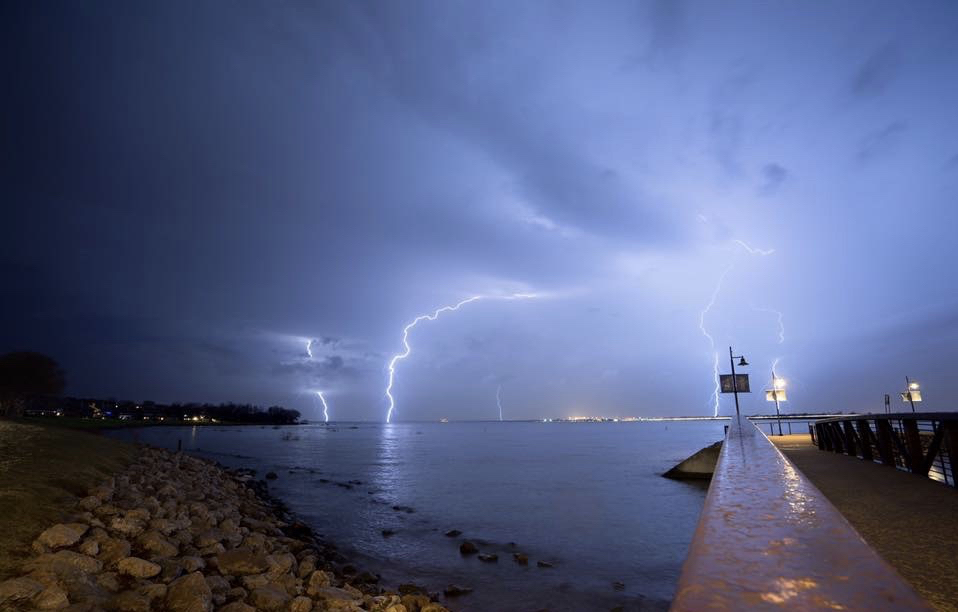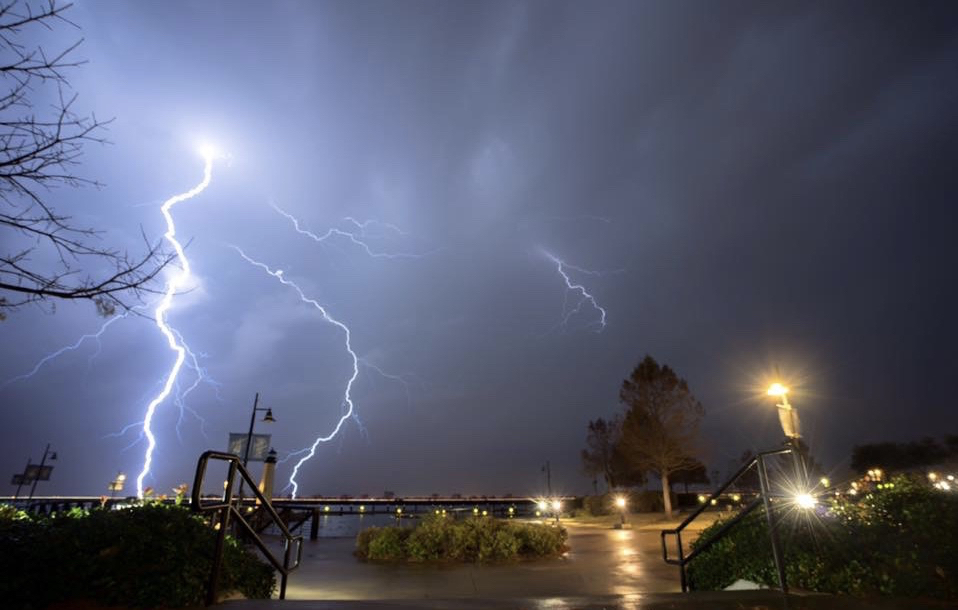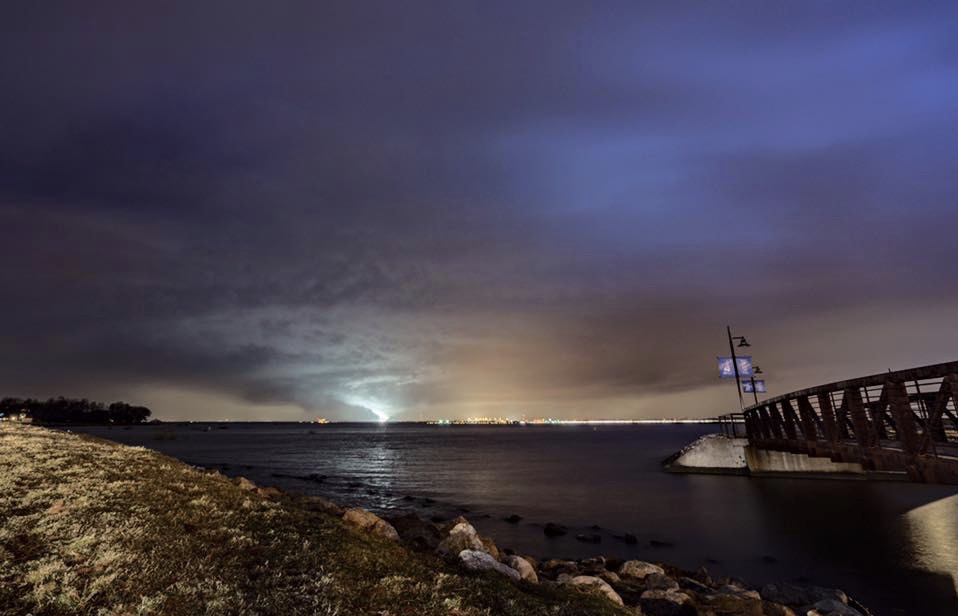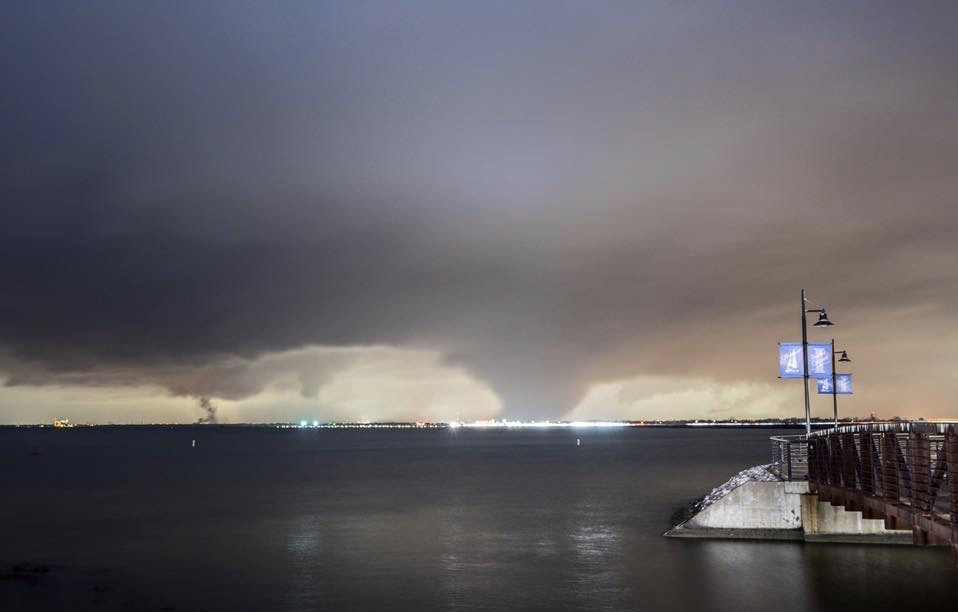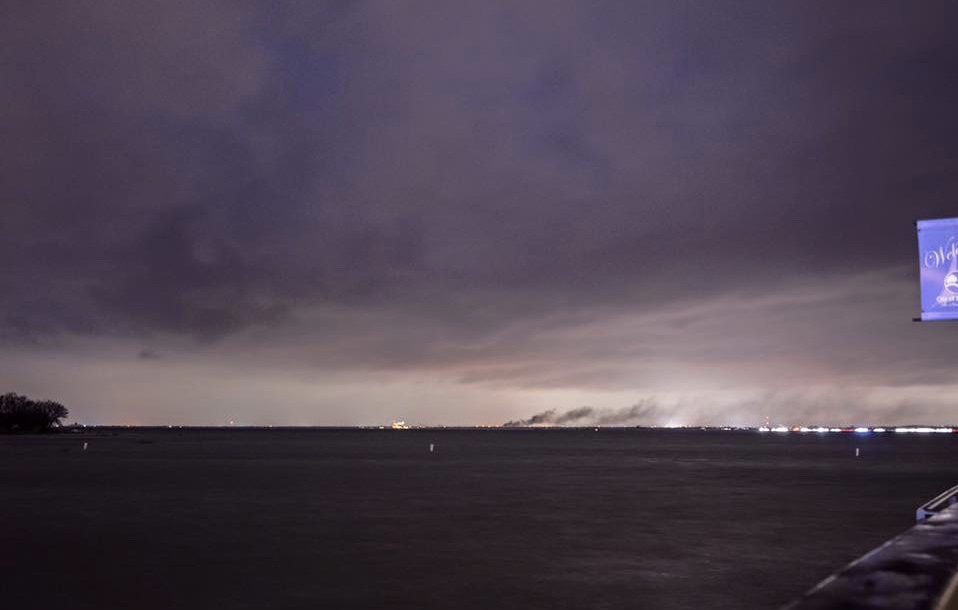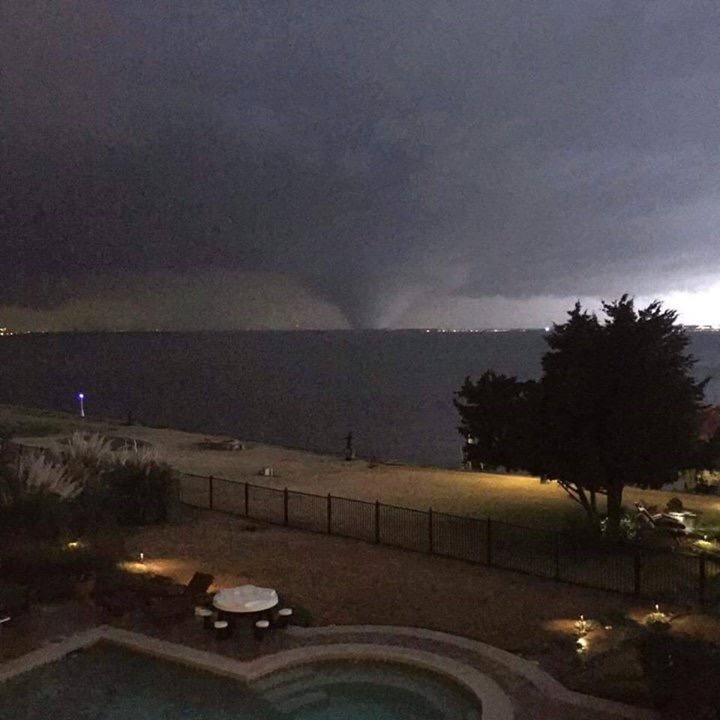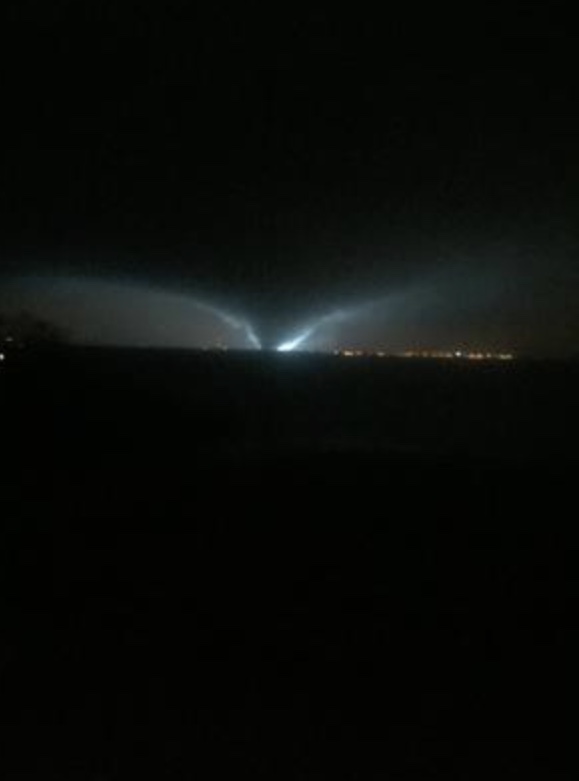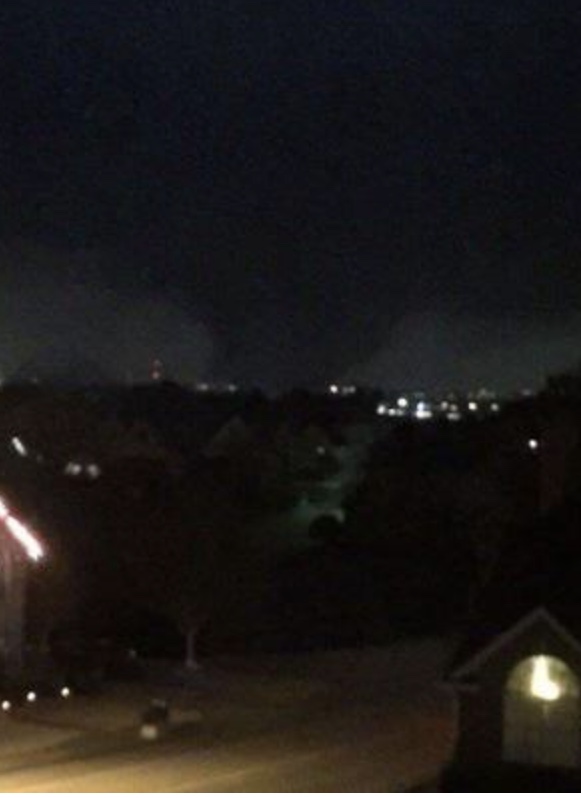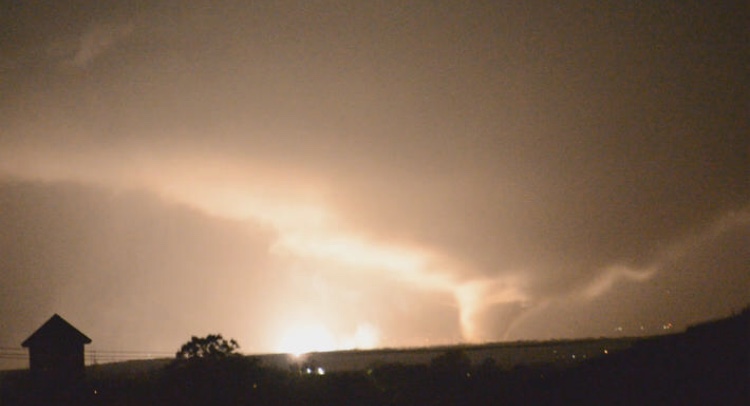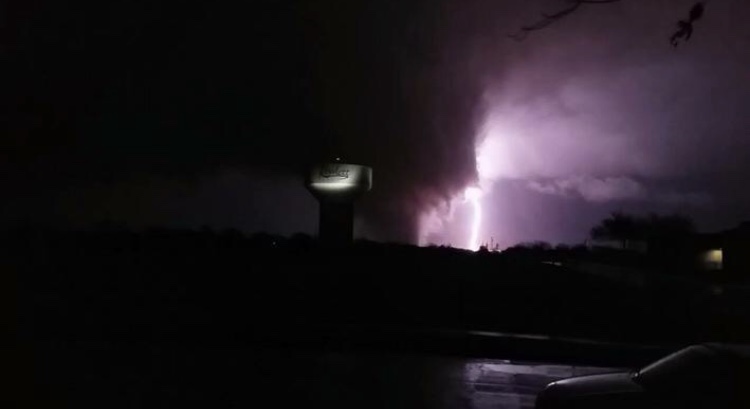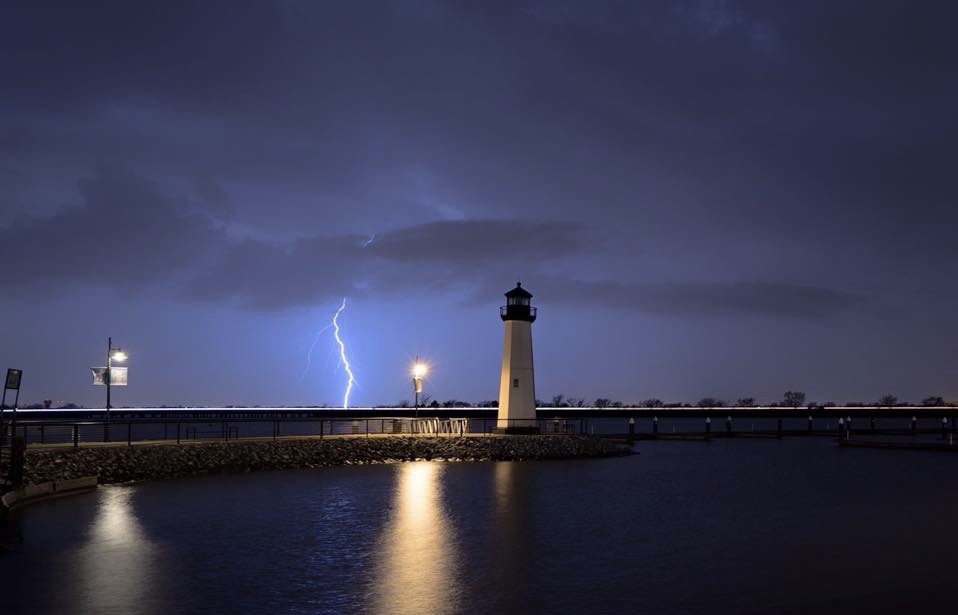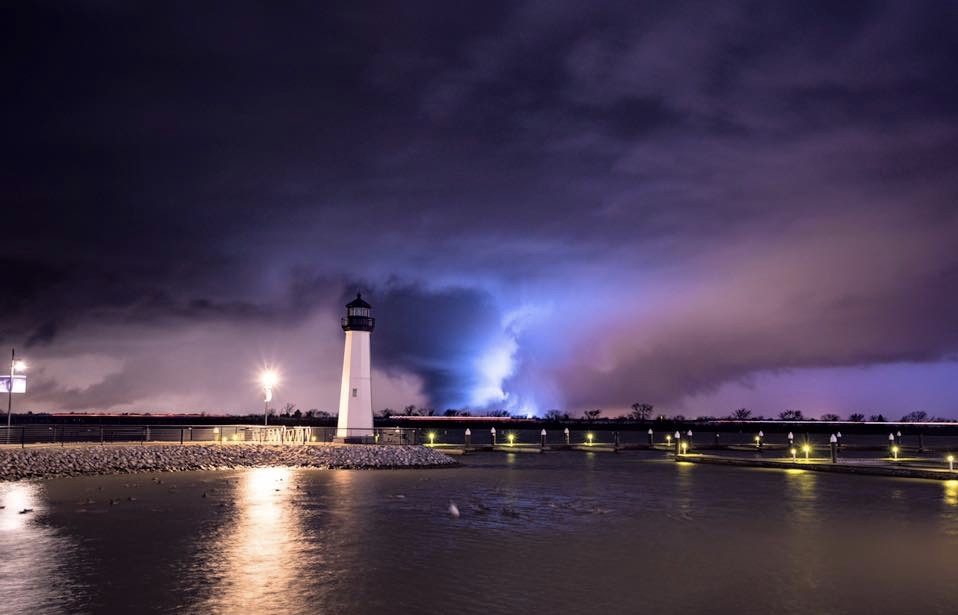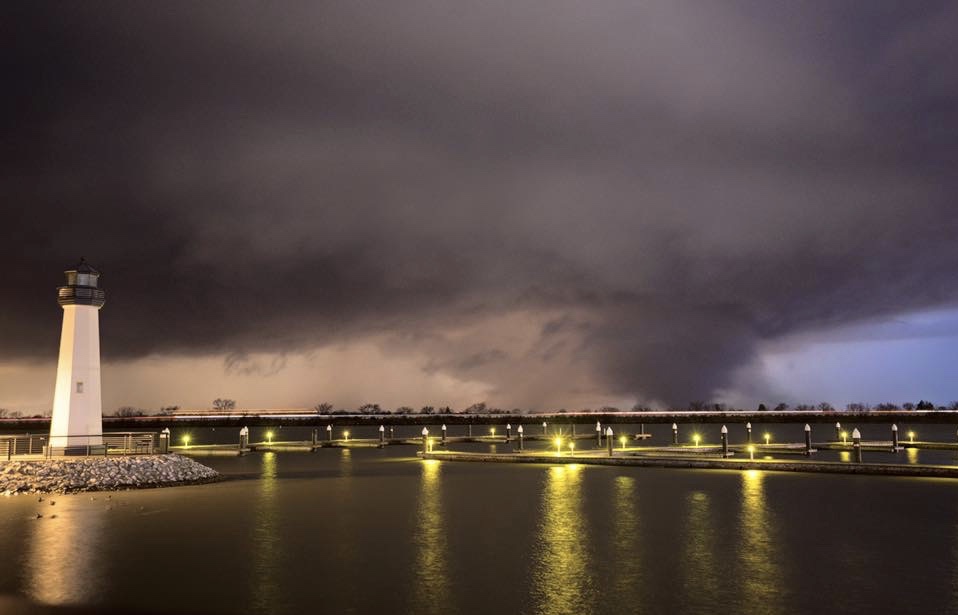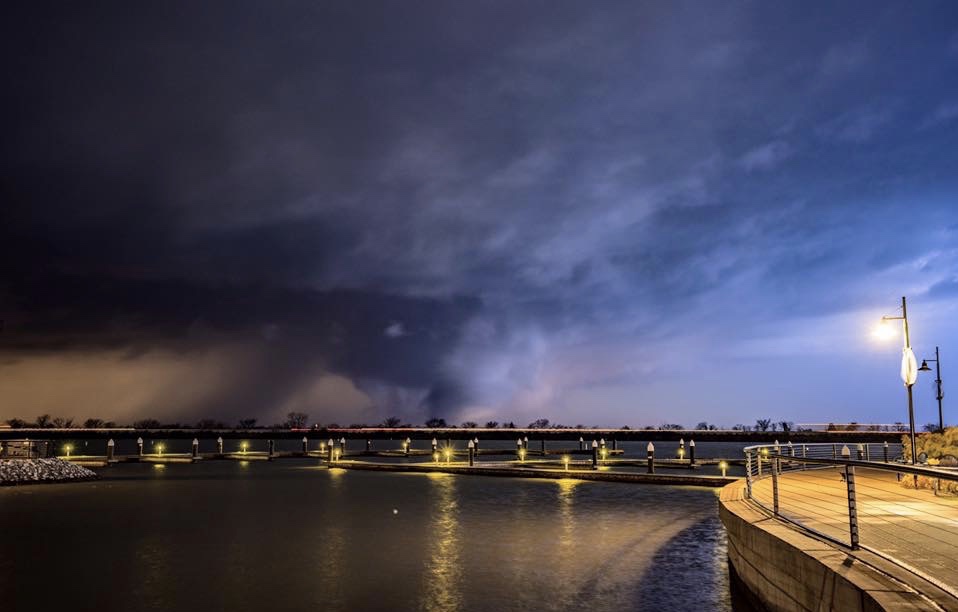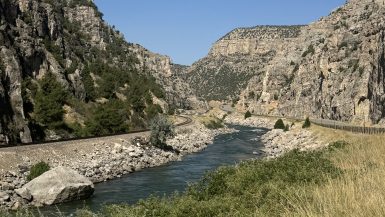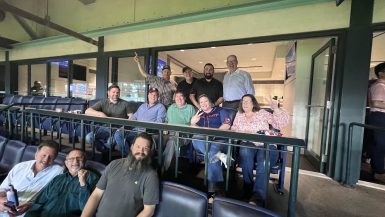Twisted Fate: The Day an EF4 Tornado Tore Through North Garland
December 26, 2015. Most people were still basking in the glow of Christmas leftovers and gift receipts. But in North Garland, Texas, the holiday season took a terrifying turn. That evening, a monstrous EF4 tornado carved a path of destruction through the Dallas suburbs of Sunnyvale, Garland, and Rowlett, leaving behind shattered homes, broken lives, and a community forever changed.
I remember that day vividly—not because I was there, but because the images, stories, and sheer scale of devastation etched themselves into the collective memory of North Texas.
🌪️ The Storm Builds
The weather that day had been ominous. A potent upper-level trough was sweeping across the Four Corners region, dragging with it a powerful jet stream and unstable air. Forecasters had warned of severe weather, but few expected the outbreak to be this violent. By evening, conditions were primed: dew points surged into the 60s and 70s, wind shear was intense, and the atmosphere was ready to erupt.
At 6:46 p.m. CST, the tornado touched down near East Tripp Road in Sunnyvale. It started small—an EF0, barely enough to rattle shingles. But as it moved northeast, it grew in size and fury, rapidly intensifying to EF2 strength as it approached Garland.
🏚️ Garland Takes the Hit
By the time the tornado reached Garland, it was a full-blown EF4 beast. Homes were obliterated. Vehicles were tossed like toys. Trees snapped like matchsticks. The Plantation Place RV Park was hit hard—RVs were flipped, shredded, and hurled into ponds.
Then came the most tragic moment: as the tornado crossed Interstate 30 at the President George Bush Turnpike, it struck vehicles sheltering from the storm. Nine people lost their lives in that instant. Another man died when his home collapsed in Rowlett.
In total, 10 lives were lost, 468 people were injured, and over 400 homes were destroyed. It was the deadliest tornado to hit Texas in the month of December, and one of the most lethal December tornadoes in U.S. history.
🏘️ A Community Shaken
The damage in Garland was staggering. Crestpoint Lane saw EF4 destruction—entire homes reduced to piles of debris. In Rowlett, lakefront homes along Windjammer Way were leveled. Chain-link fences were rolled into balls. A child’s plastic seat was found impaled in siding. The tornado’s path stretched over 9 miles before it finally lifted over Lake Ray Hubbard.
But amid the wreckage, stories of survival emerged. Nine people huddled in an above-ground shelter that was the only structure left standing on the lot. Miraculously, they escaped injury. Another dozen were saved in a partially underground shelter. These moments of resilience became symbols of hope in the aftermath.
🧭 The Aftermath and Recovery
In the days that followed, Garland and its neighboring communities rallied. Volunteers poured in. Churches opened their doors. Donations flooded local shelters. The City of Garland used aerial imagery and Google Street View to assess damage and coordinate relief efforts.
The National Weather Service and experts like Tim Marshall conducted detailed surveys to understand the tornado’s path and intensity. Their work helped improve future forecasting and emergency response.
💔 Lessons from the Storm
The December 26, 2015 tornado was a wake-up call. It reminded us that severe weather doesn’t follow a calendar. That even in the holiday season, nature can turn violent. And that preparedness—shelters, warnings, community planning—can mean the difference between life and death.
For Garland, the scars remain. But so does the strength. The city rebuilt, mourned, and moved forward. And every December, as the holidays roll around, those who lived through that night remember the storm that changed everything.
If you were in Garland that day, or know someone who was, I’d love to hear your story. These memories matter—and sharing them helps us honor those we lost and celebrate the resilience of those who survived.
